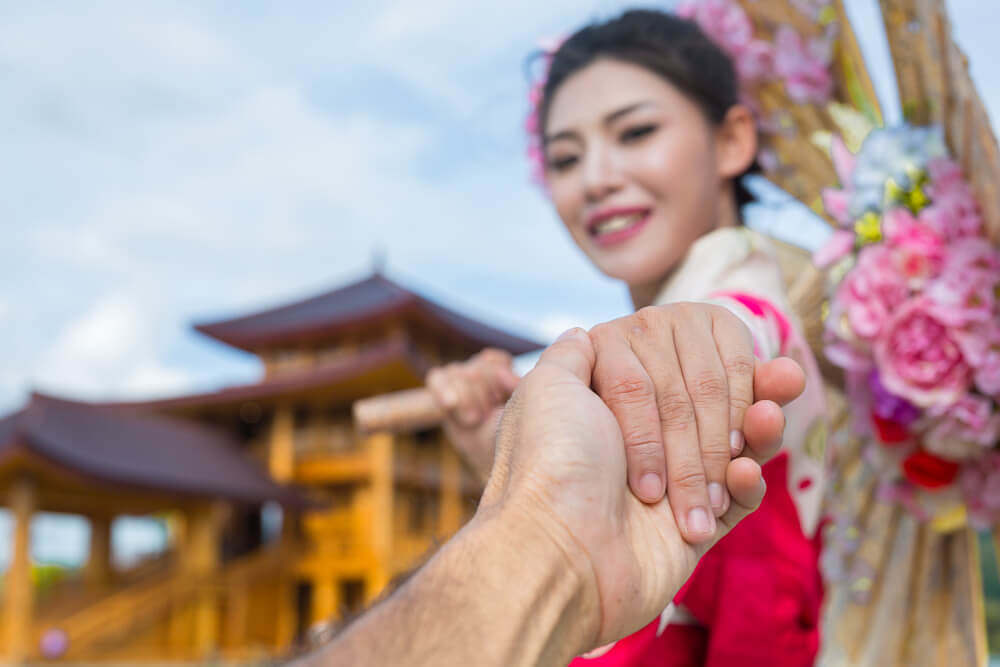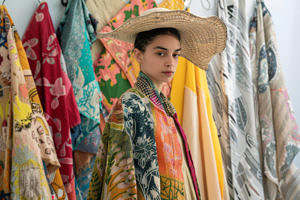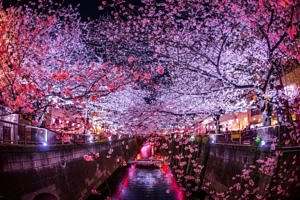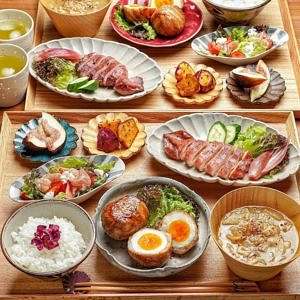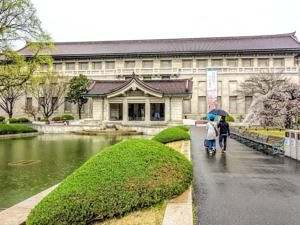Traditional Japanese Wedding Clothes
Japanese culture is rich with traditions, and weddings are no exception. One of the most iconic elements of a traditional Japanese wedding is the kimono, the quintessential attire that embodies grace, beauty, and cultural significance. This article delves into the world of traditional Japanese wedding clothes, highlighting the kimono and its role in Japanese wedding clothing traditions.
The Kimono: A Symbol of Elegance and Tradition
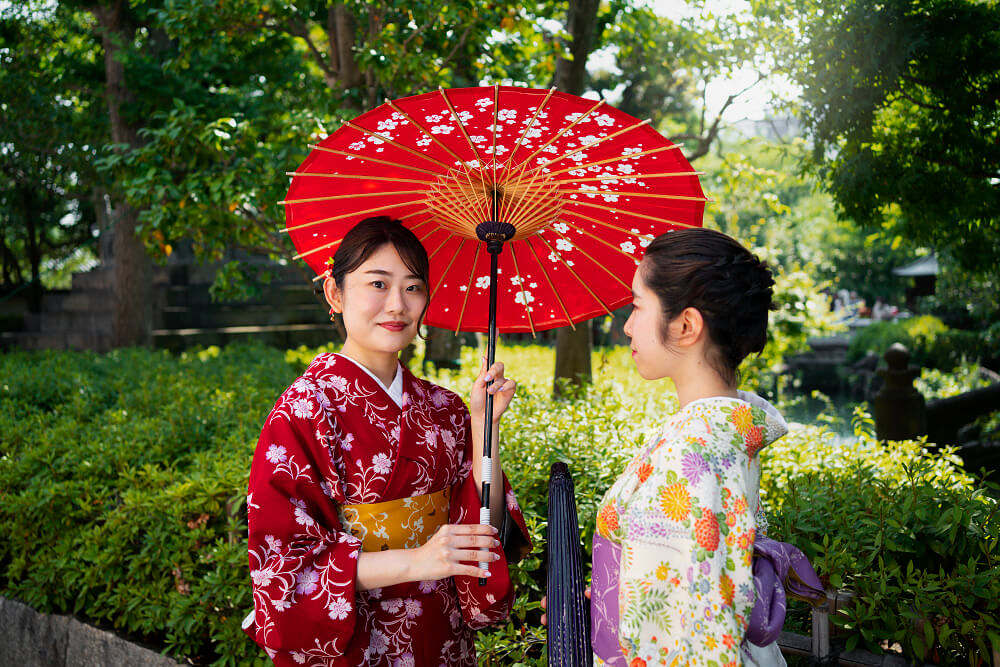
The kimono is more than just a piece of clothing; it is a symbol of Japanese heritage. Originating in the Heian period (794-1185), the kimono has evolved over centuries, retaining its essential features while adapting to modern times. For weddings, the kimono represents purity, elegance, and the continuity of tradition.
Types of Kimonos for Weddings
Shiromuku

The shiromuku is the most traditional bridal kimono, entirely white from head to toe. The color white signifies purity and a new beginning. The bride’s ensemble includes a white under-kimono, an outer kimono, and a white hood or veil called “tsunokakushi” or “wataboshi.” The shiromuku is often worn during the Shinto ceremony, which is the most common type of traditional Japanese wedding ceremony.
Iro-uchikake

After the ceremony, the bride may change into an iro-uchikake, which is a colorful, elaborately embroidered outer kimono worn over the white kimono. The iro-uchikake is traditionally red, symbolizing happiness and good luck, but other colors such as gold and purple are also popular. The intricate designs often feature auspicious motifs like cranes, flowers, and fans.
Hikifurisode
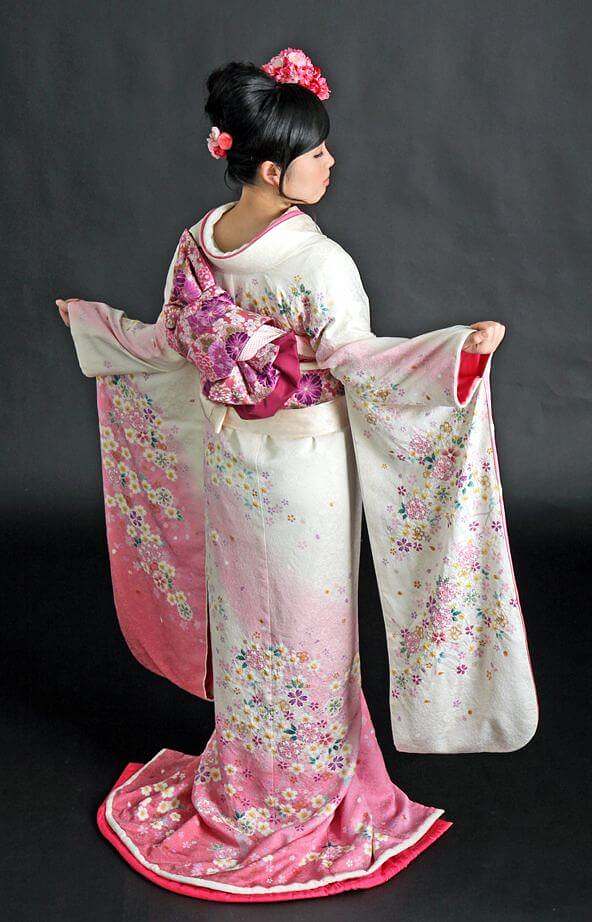
The hikifurisode is another type of kimono that brides might wear. It is characterized by long sleeves and a trailing hem that sweeps the floor. This kimono is often richly decorated and is considered very formal. It provides an opportunity for brides to showcase a more personalized style while still adhering to traditional Japanese wedding clothing.
The Groom’s Attire
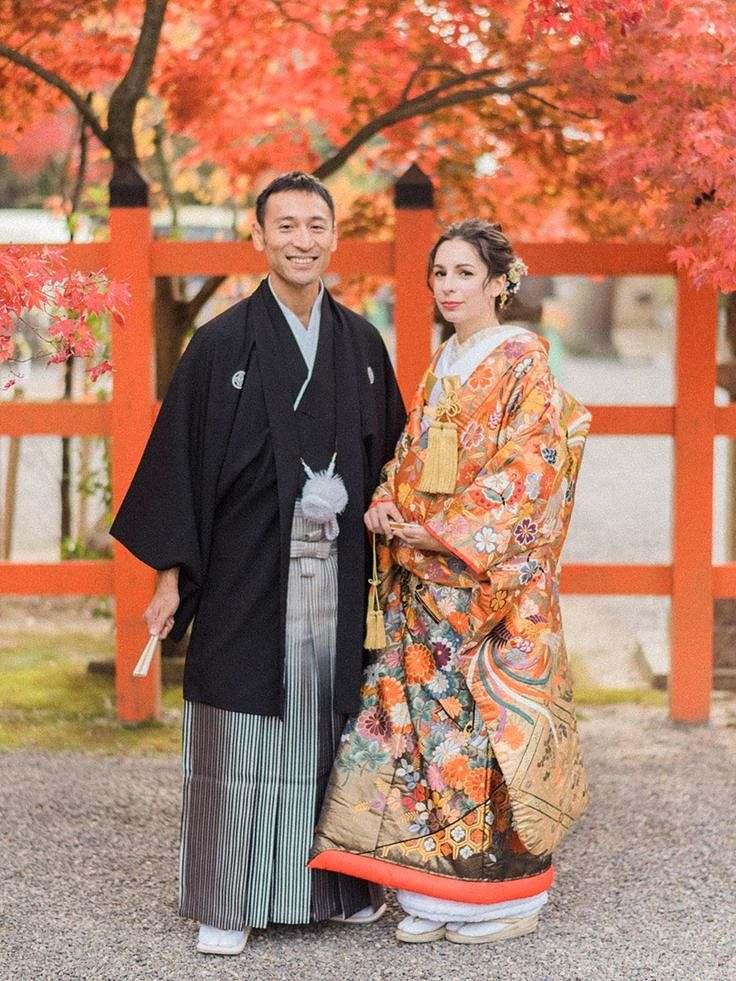
While the bride’s kimono is often the focus, the groom’s traditional attire is also significant. The groom typically wears a “montsuki,” which is a black kimono adorned with the family crest. This is paired with “hakama,” which are pleated trousers, and a “haori,” a formal jacket. The ensemble is completed with white tabi socks and zori sandals. This attire signifies the groom’s respect for tradition and his readiness to take on new responsibilities.
The Significance of Colors and Motifs
In traditional Japanese wedding clothes, colors and motifs hold deep meanings. White, as mentioned, symbolizes purity and a fresh start. Red is associated with happiness and prosperity, making it a popular choice for bridal kimonos. Gold and silver threads used in embroidery represent wealth and longevity.
Common motifs include cranes, which symbolize longevity and fidelity; cherry blossoms, representing the beauty and fleeting nature of life; and pine trees, which signify endurance and steadfastness. Each design element is thoughtfully chosen to convey blessings and good wishes for the couple’s future.
Dressing Process and Rituals
The process of dressing in traditional Japanese wedding clothing is a ritual in itself. It requires the assistance of skilled dressers known as “kitsuke.” The kimono must be wrapped and secured correctly, with multiple layers and sashes. The process can take several hours, during which the bride and groom are meticulously dressed and adorned.
Modern Adaptations and Trends
While traditional Japanese wedding clothes remain popular, modern adaptations are increasingly seen. Some couples opt for a combination of Western and Japanese attire, wearing the kimono for the ceremony and changing into Western-style dresses and suits for the reception. This blend of traditions allows couples to honor their heritage while also embracing contemporary styles.
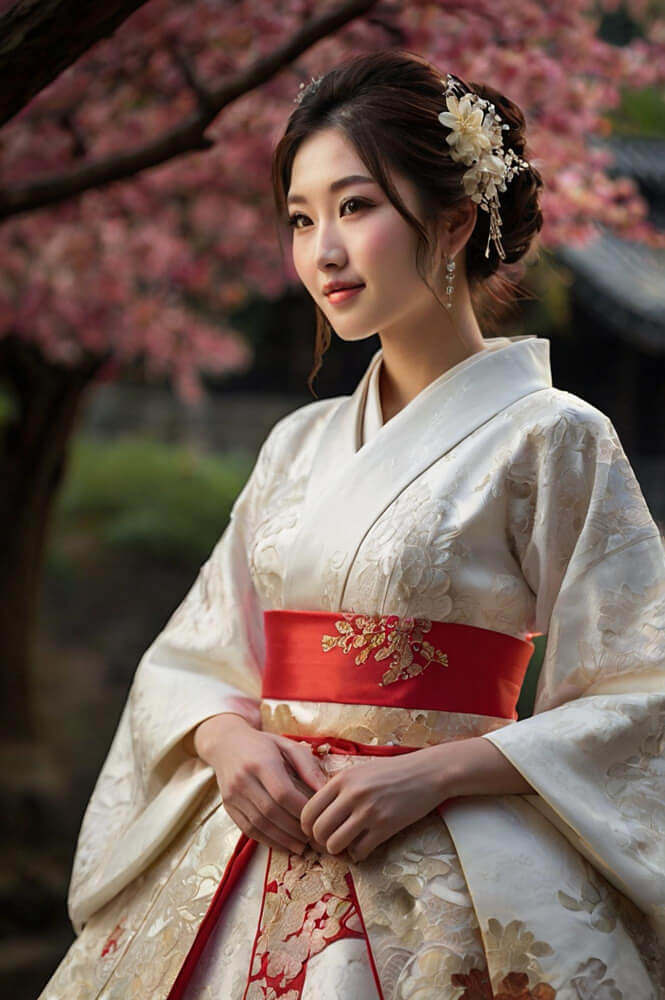
Preservation and Cultural Significance
Preserving traditional Japanese wedding clothing is essential for maintaining cultural heritage. Many kimonos are passed down through generations, becoming cherished family heirlooms. Additionally, the art of kimono-making, including the weaving, dyeing, and embroidery techniques, is preserved through dedicated artisans and cultural institutions.
In recent years, there has been a resurgence of interest in traditional clothing for Japanese weddings. Younger generations are increasingly appreciating the beauty and cultural significance of the kimono. This renewed interest is helping to keep the traditions alive and relevant in the modern world.
Traditional Japanese wedding clothes, particularly the kimono, are a testament to Japan’s rich cultural heritage. The intricate designs, meaningful colors, and elaborate dressing rituals all contribute to the profound significance of the kimono in Japanese wedding clothing traditions. As couples continue to embrace these traditions, they not only honor their ancestors but also ensure that the beauty and elegance of the kimono endure for future generations.
The Role of Accessories in Traditional Japanese Wedding Clothes
Accessories play a crucial role in complementing traditional Japanese wedding clothes. They not only enhance the overall appearance but also carry cultural significance.
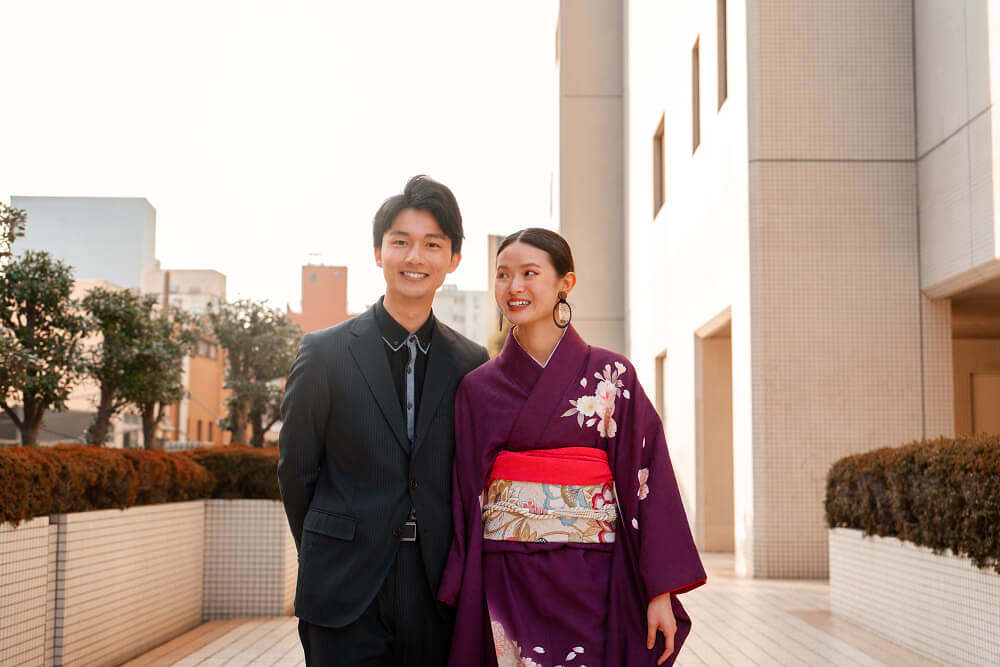
Kanzashi
Kanzashi are hair ornaments used in traditional Japanese hairstyles. Brides often wear elaborate kanzashi that include combs, hairpins, and other decorative pieces made from tortoiseshell, lacquered wood, or precious metals. These accessories often feature motifs like flowers, butterflies, and cranes, symbolizing beauty and good fortune.
Obi
The obi is a wide belt that secures the kimono and is often intricately tied at the back. For weddings, the obi is usually more elaborate, featuring luxurious fabrics and complex knots. The “fukuro obi” and “maru obi” are popular choices for bridal kimonos, known for their opulence and detailed patterns.
Tabi and Zori
Tabi are traditional split-toe socks worn with kimonos. They are usually white for weddings, symbolizing purity. Zori are traditional sandals worn with tabi. For brides, zori are often more decorated and made from materials like brocade or silk to match the kimono.
Sensu
The sensu, or folding fan, is another accessory that brides might carry. It is often beautifully painted and can serve both a decorative and practical purpose. Fans can feature motifs that align with the wedding’s theme and the bride’s attire.
Regional Variations in Japanese Wedding Clothing Traditions
Japan’s diverse regions have their unique wedding clothing traditions, reflecting local customs and histories.
Kyoto
In Kyoto, the cultural heart of Japan, the traditional wedding kimono is often even more ornate. The city is known for its exquisite textiles and craftsmanship, and brides may wear kimonos with elaborate gold and silver embroidery.
Okinawa
In Okinawa, traditional wedding attire differs significantly from the rest of Japan. The Ryukyuan kimono, known as “hanagasa,” features bold colors and tropical patterns, reflecting the island’s unique culture and climate. Brides might also wear a traditional headdress made from hibiscus flowers.
Tohoku
In the Tohoku region, traditional wedding attire often includes “tsutsugaki,” a resist dyeing technique that creates beautiful, intricate patterns. This region’s kimonos might also incorporate local textile styles and motifs unique to northern Japan.
Preserving Traditional Japanese Wedding Clothes in Modern Times
Efforts to preserve traditional Japanese wedding clothes are multifaceted, involving artisans, cultural organizations, and educational initiatives.
Artisan Craftsmanship
Artisans dedicated to kimono-making play a vital role in preserving this tradition. They use age-old techniques such as hand-weaving, natural dyeing, and intricate embroidery. These craftsmen ensure that each kimono is a work of art, reflecting the highest standards of Japanese craftsmanship.
Cultural Organizations
Numerous cultural organizations and museums in Japan are devoted to preserving and showcasing traditional Japanese wedding clothing. Exhibitions, workshops, and educational programs help to keep these traditions alive and educate the public about their importance.
Modern Adaptations
Many modern designers are incorporating traditional elements into contemporary bridal fashion. This fusion of old and new allows for a broader appreciation of traditional Japanese wedding clothes and makes them accessible to younger generations.
The Future of Traditional Japanese Wedding Clothing
The future of traditional Japanese wedding clothing looks promising as there is a growing appreciation for cultural heritage and craftsmanship. The blend of traditional and modern styles ensures that these garments remain relevant and cherished.
Revival of Interest
There has been a noticeable revival of interest in traditional Japanese wedding attire among younger generations. Social media and fashion influencers play a significant role in this trend, showcasing the beauty and elegance of kimonos.
Global Influence
The global influence of Japanese culture has also contributed to the appreciation of traditional Japanese wedding clothes. International fashion shows, cultural festivals, and collaborations with foreign designers help to spread the allure of the kimono worldwide.
Sustainable Fashion
The emphasis on sustainable fashion has also highlighted the value of traditional craftsmanship. Kimonos, made with natural materials and designed to last generations, align with the principles of sustainability. This aspect appeals to environmentally conscious couples looking for meaningful and sustainable wedding attire.
Conclusion
Traditional Japanese wedding clothes, especially the kimono, are a timeless representation of Japan’s cultural heritage. They embody elegance, craftsmanship, and deep cultural significance, making them an integral part of Japanese wedding clothing traditions. From the elaborate shiromuku to the colorful iro-uchikake and the groom’s dignified montsuki, each garment tells a story of tradition, beauty, and continuity.
As modern couples continue to embrace these traditions, they not only honor their ancestors but also contribute to the preservation and evolution of this beautiful cultural heritage. Whether celebrated in a traditional setting or blended with contemporary elements, the kimono remains a symbol of enduring love and commitment, cherished across generations.

